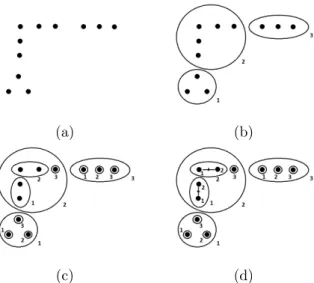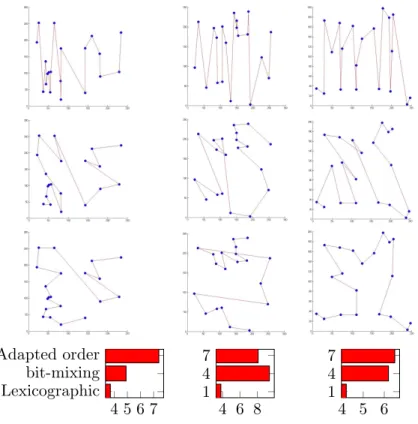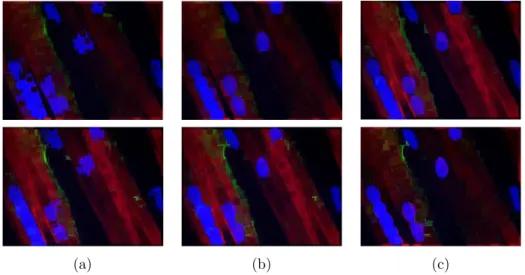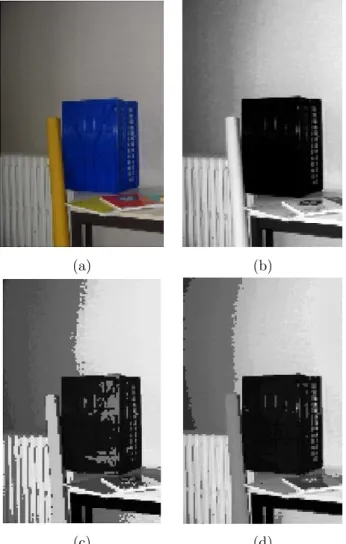The discontinuity issue of total orders on metric spaces and its consequences for mathematical morphology
Texte intégral
Figure

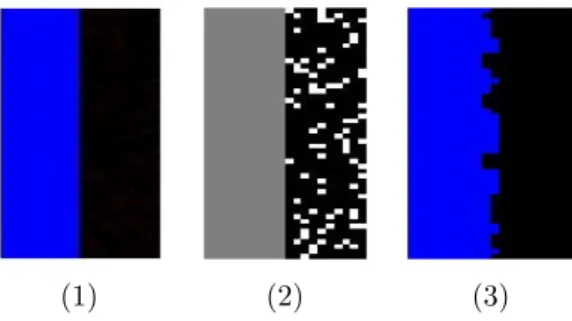
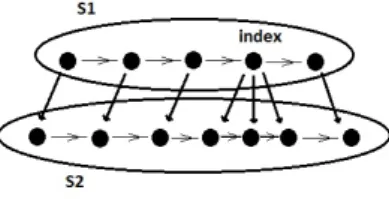
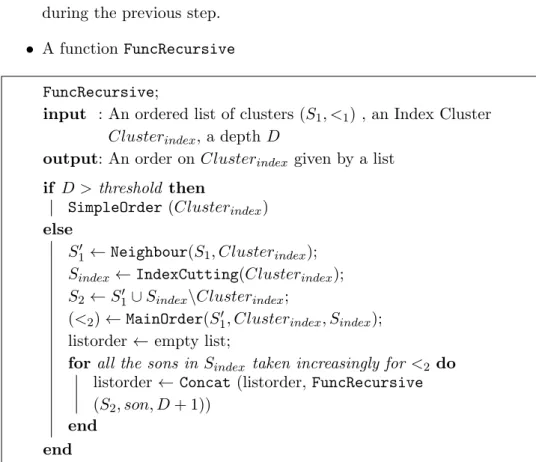
Documents relatifs
We give an application of the main theorem to the com- pletions of Teichm¨ uller space with respect to a class of metrics that generalize the Weil-Petersson
We introduce a family of DG methods for (1.1)–(1.3) based on the coupling of a DG approximation to the Vlasov equation (transport equation) with several mixed finite element methods
First introduced by Faddeev and Kashaev [7, 9], the quantum dilogarithm G b (x) and its variants S b (x) and g b (x) play a crucial role in the study of positive representations
The schemes are con- structed by combing a discontinuous Galerkin approximation to the Vlasov equation together with a mixed finite element method for the Poisson problem.. We
Given an elliptic self-adjoint pseudo-differential operator P bounded from below, acting on the sections of a Riemannian line bundle over a smooth closed manifold M equipped with
As applications, we deduce two relaxed forms of the rank function restricted to balls for the spectral norm: one is the quasiconvex hull of this rank function, another one is the
3 – We present 3 other script files to binarize this image (threshold=128).. b) The second script uses the Matlab function find (to avoid using “for”. loops and to reduce run
The last two rows are proportional, so subtracting from the third row three times the second row, we obtain a matrix with a zero row whose determinant is zero.. , n − 1, the row i
